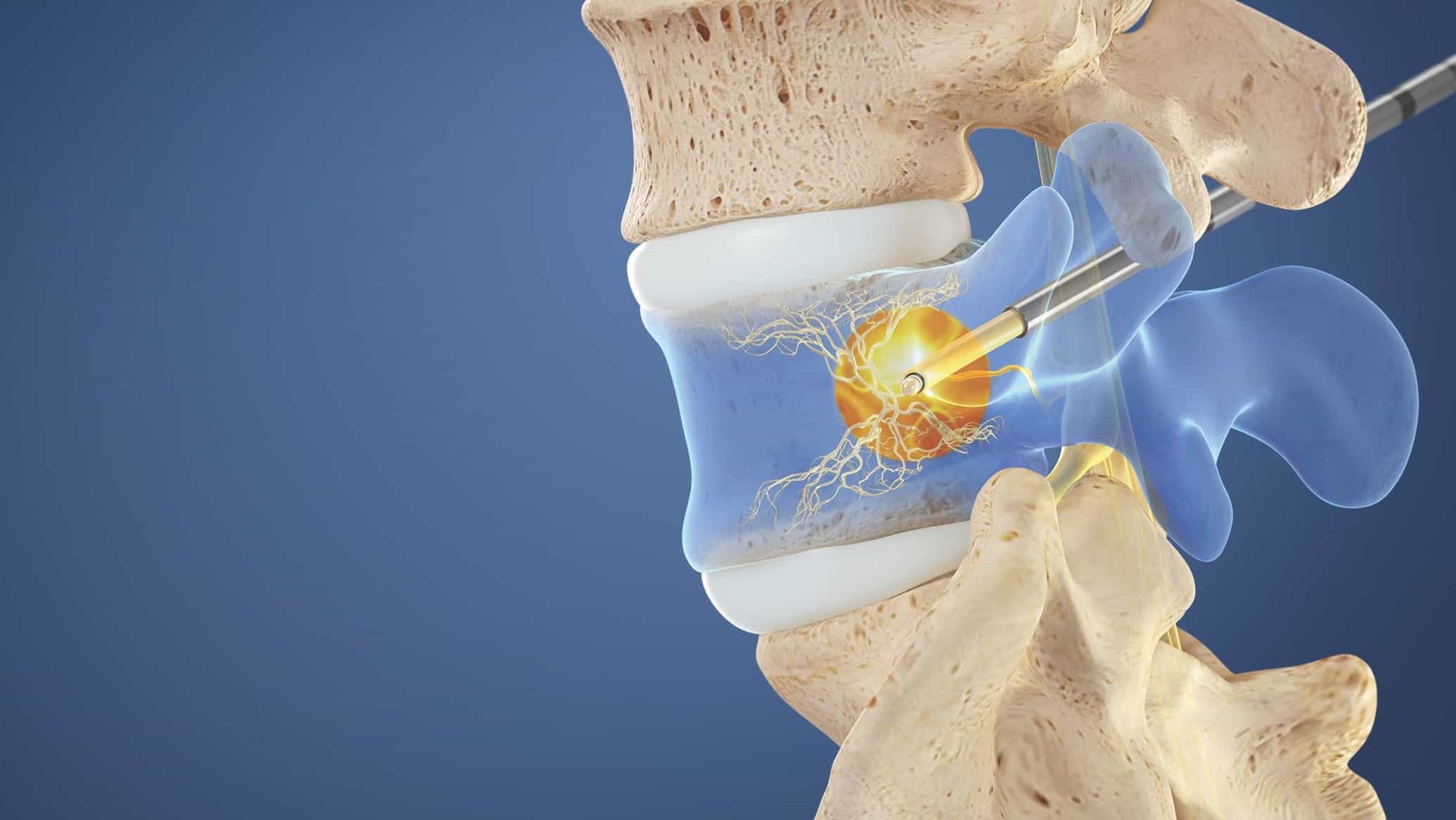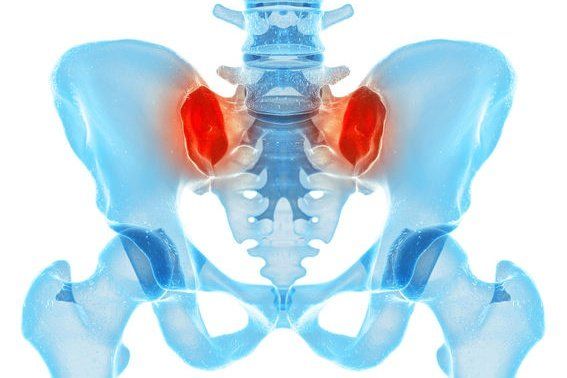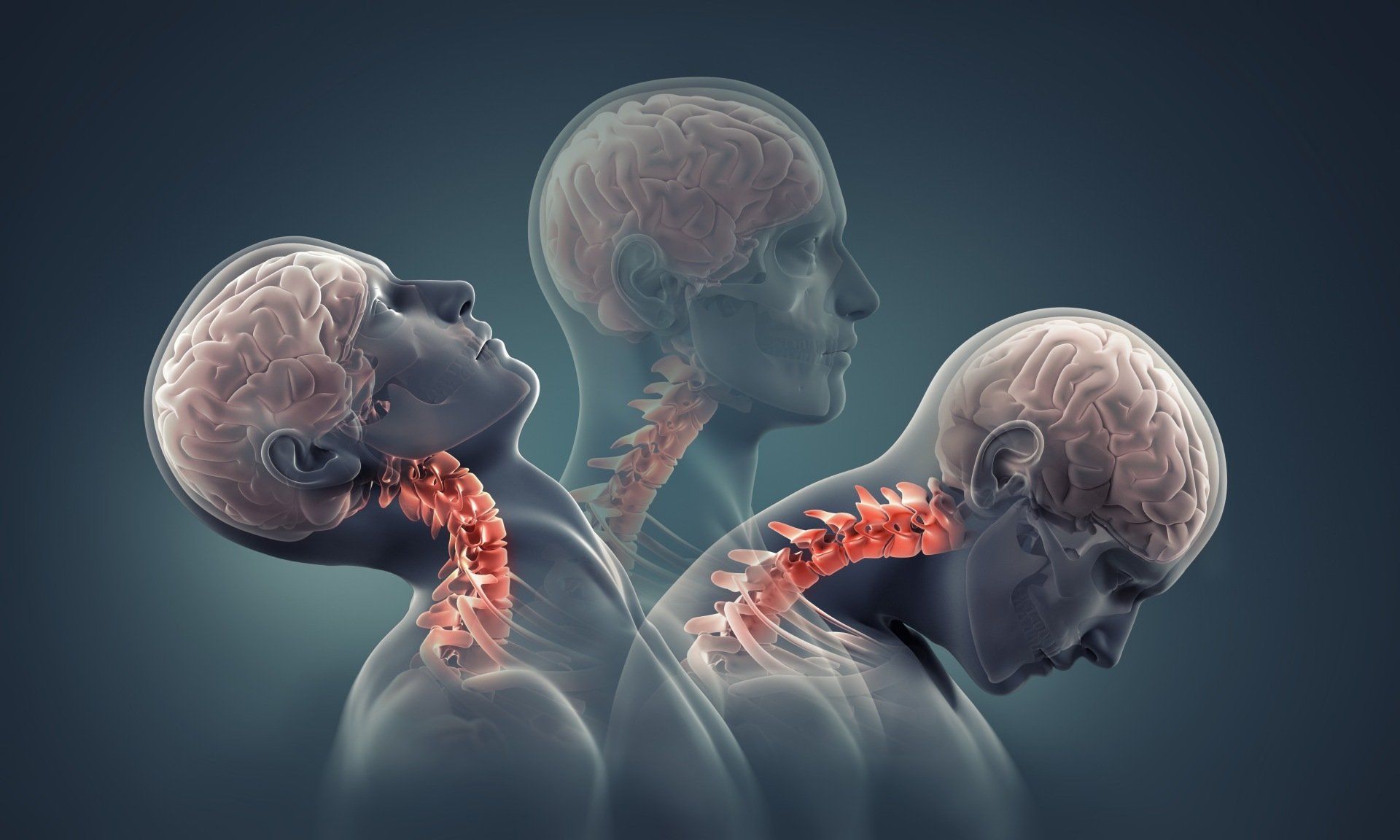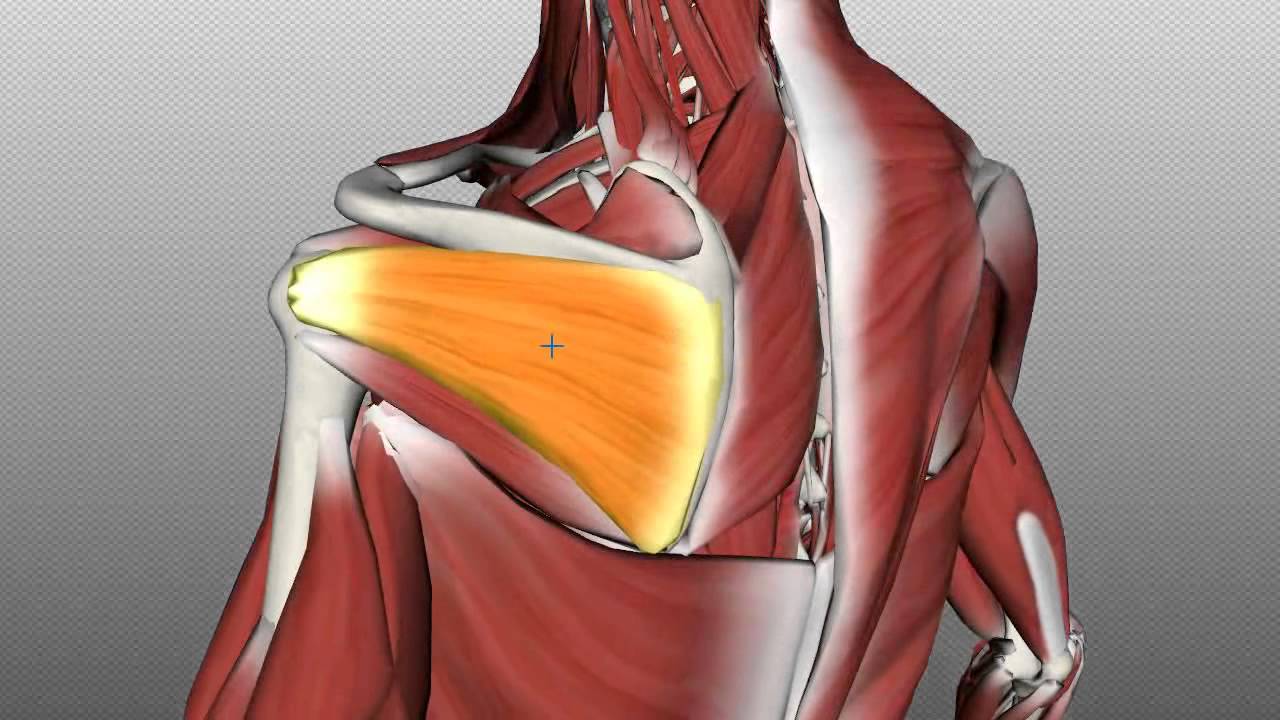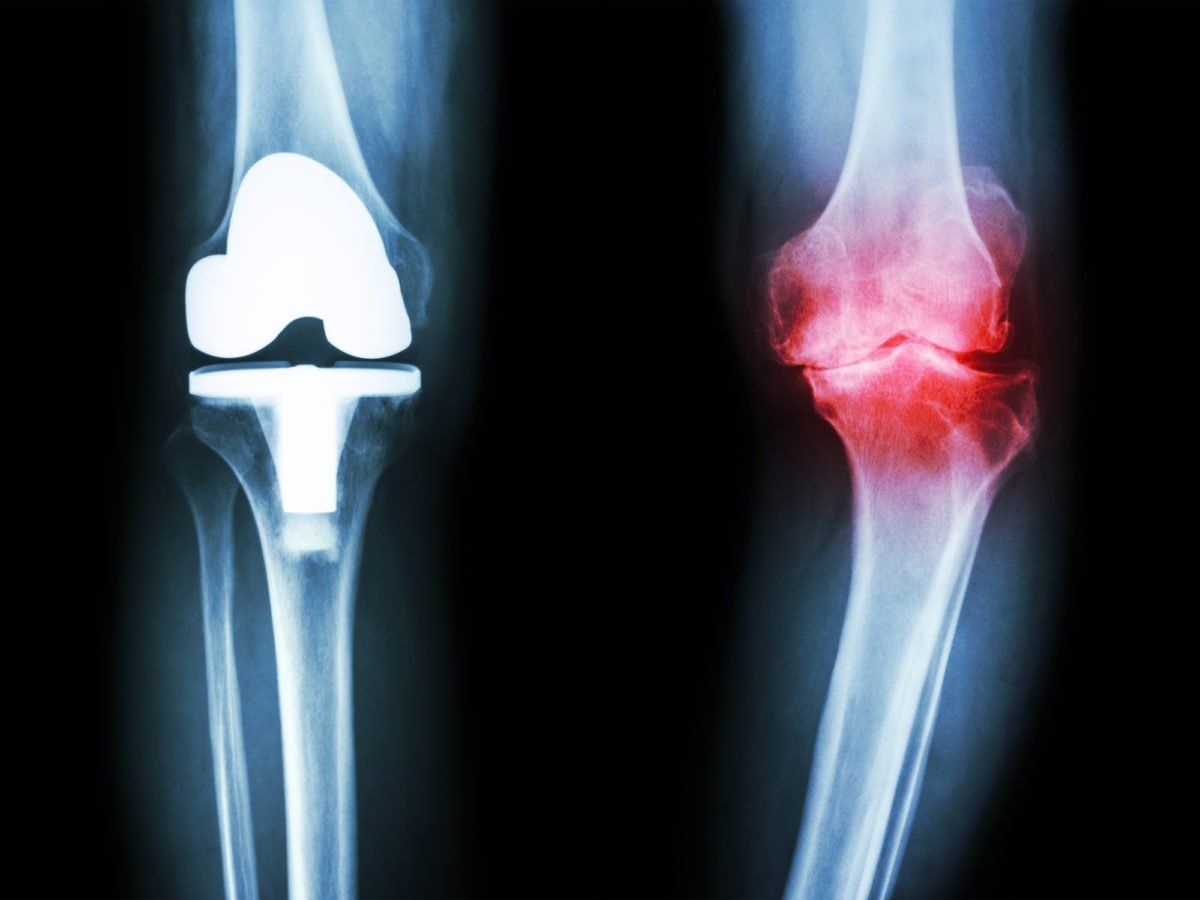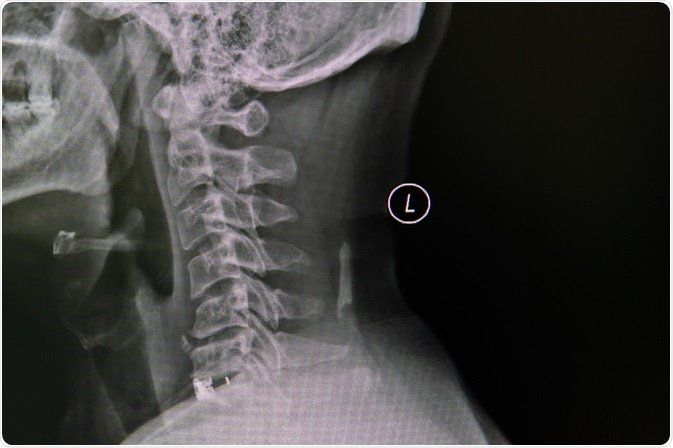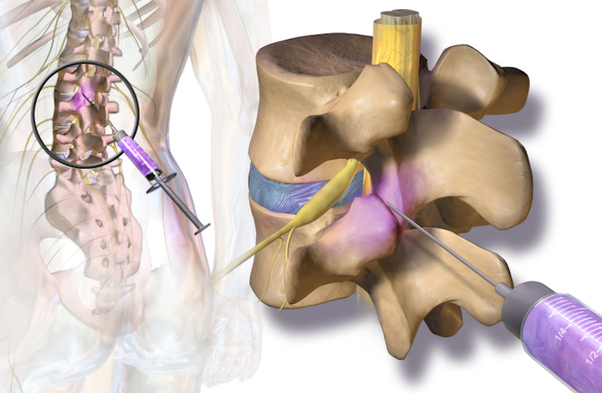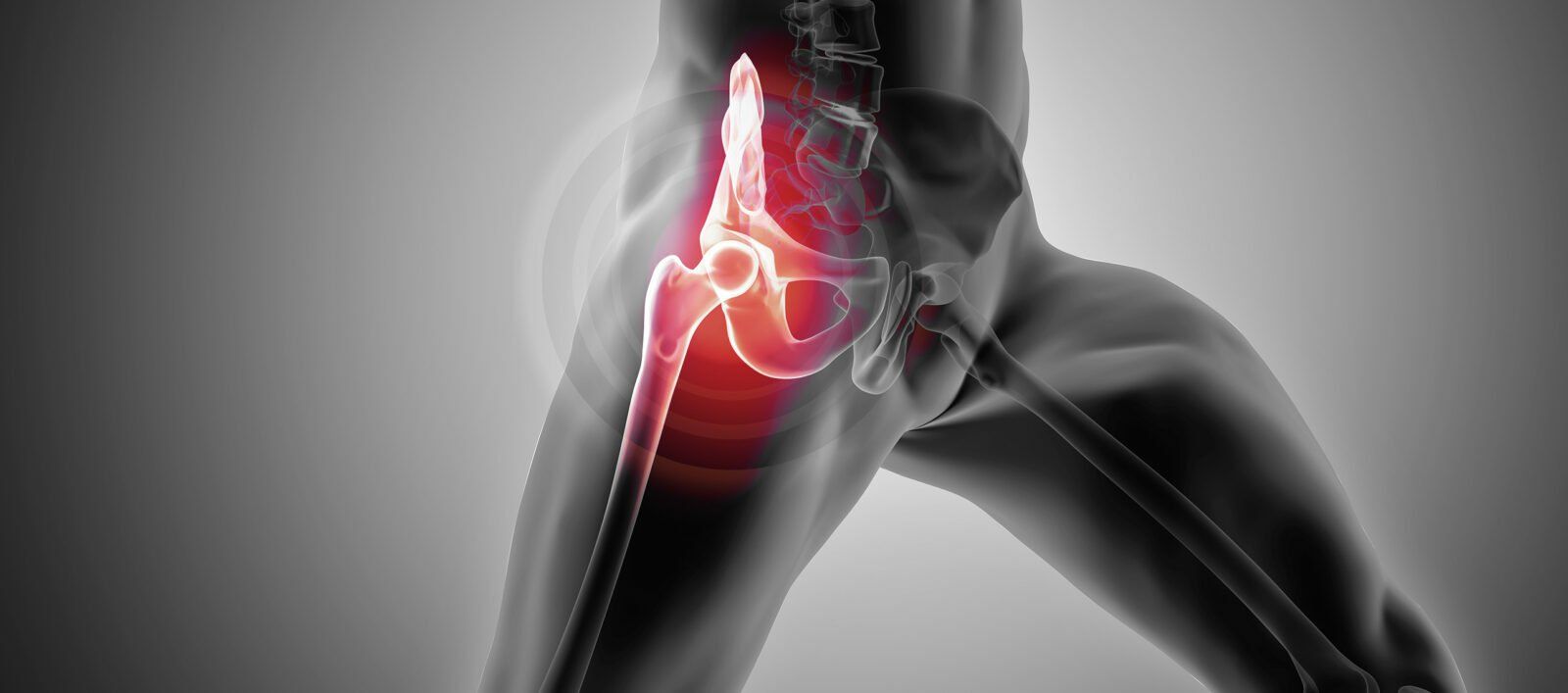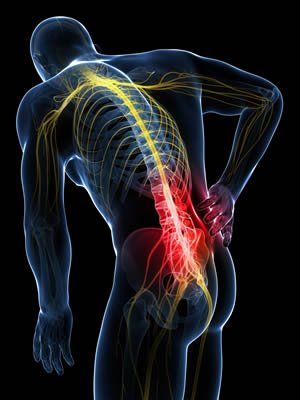Services
Spondylolisthesis
What is it?
Spondylolisthesis is a spinal condition in which the vertebrae may slip forward or backward. A forward slip of the vertebrae is called anterolisthesis. A backward slip of the vertebrae is called retrolisthesis. This altered positioning of the vertebrae may cause compression of the nerves down the central spinal canal as well as the nerve openings on each side of the vertebrae.
How does it occur?
Spondylolisthesis may occur as a result of arthritis. Aging of the disc is also a common cause. It could also occur from a traumatic injury, compression fracture, overuse injury or birth defect. Tumors can also cause an altered positioning of the vertebrae.
What are the symptoms?
Some people may not experience pain. Other people may have pain in their neck, mid back or lower back along with pain, numbness or weakness that occurs in the arms, hands, legs or feet.
How is it diagnosed?
Imaging of the spine is helpful with this diagnosis. X-rays may be taken in the form of flexion and extension views to evaluate the degree of severity. An MRI of the spine may be obtained for further evaluation.
How is it treated?
Rest, ice and anti-inflammatory medications may be helpful to reduce inflammation and pain symptoms. Physical therapy may be helpful with strengthening and stretching exercises of the neck and lower back. Temporary use of a neck or a back brace may be helpful for flare ups of pain.
A surgical consult is helpful at times to determine the severity of the vertebral movement. For more mild cases, spinal injection therapies such as epidural steroid injections and facet joint injections can be done to improve symptoms as well as reduce inflammation irritating the structures of the spine. Radiofrequency ablation of the sensory nerves from the joints of the vertebrae can be helpful to reduce symptoms for several months or years. Surgery may be needed if these modalities are not effective. Surgery can be done to remove the pressure around the nerves in the spine. If the spine is considered to be unstable, then surgery may be required in the form of a fusion to stabilize the structures of the spine.
